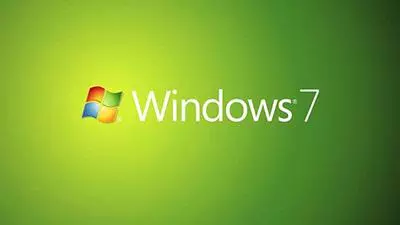The days of Microsoft's venerable Windows 7 operating system are literally numbered. All support will be ending for the software in about 18 months time (on January 14th 2020, to be precise). So, what happens when we hit this date and what (if anything) should be you doing about it?
 What will happen to Windows 7 when support ends?
What will happen to Windows 7 when support ends?
Nothing, initially. Much like when support for Windows XP ended a few years ago, it won't suddenly stop working. However, all security updates will cease. This means that any new vulnerabilities that are found in the operating system will not be fixed (and they WILL be found). Therefore, leaving Windows 7 running will quickly present a very big security risk to both business and home users. Any weak point on a network can and will be exploited to get at the rest of the network.
This means that even if there isn't any critical data on the Windows 7 machine itself, that machine can be used as an entry point into a network from which other devices on the same network can be targeted (servers / other PCs etc). Our advice would be to ensure that you have no devices running Windows 7 when support ends. If you really have no choice but to leave it on a specific machine for compatibility reasons, we would advise that machine is isolated from both the local network, and more importantly, the internet as a whole.
Who does this affect?
Anyone and everyone that is still running Windows 7. If you don't know which version of Windows you are running, the most obvious difference between Windows 7 and Windows 10 is that Windows 7 has a colourful circular "Start" button in the bottom left from which you launch apps. Windows 10 has a monochrome square one.
Even as the end of support is quickly approaching, there are still a huge number of people using Windows 7. According to StatCounter, the percentage of machines running Windows 10 only overtook Windows 7 usage a few months ago. Therefore, as I write this, while Windows 10 usage currently stands at 47.18% of all Windows users, Windows 7 use still stands at 39.44%.
What do I need to do?
While 18 months might seem like the distant future right now, it will be here in no time! Therefore, we would advise anyone still using Windows 7 now to start making plans to move away from this operating system sooner rather than later.
If you are a business user and there are still Windows 7 machines running anywhere on your network, make sure your company has a plan to move everything over to Windows 10 in the next few months. If you don't, you should start planning this now. It's much better to move everything well in advance of the cutoff, as this then leaves time to remedy any problems that the switchover may cause. While Windows 10 is a pretty mature operating system at this point, it's possible there may be some compatibility issues with some of the more obscure / older apps that your business may run. Finding this out sooner rather than later will allow you to either contact the authors of these apps to find out what provisions they are making for this cutoff, or provide you with time for a managed migration to alternative software if necessary.
If you are a home user, there's very little reason not to move to Windows 10 now. Unless you're running some ancient version of some software that may not run under Windows 10, you should find the move to Windows 10 pretty painless now. Unfortunately, the free upgrade offer to Windows 10 for Windows 7 users has now ended, so you will need to pay for an upgrade licence. However, this won't get any cheaper before the cutoff, so there's no financial gain to waiting to do this. The only reason you may wish to wait is if you're planning on replacing and decomissioning the device you're running Windows 7 on now before the cutoff. Any new machine you buy now will have Windows 10 installed.
